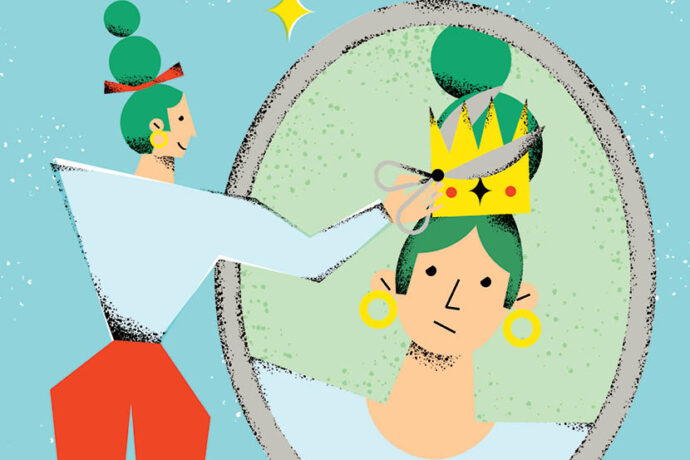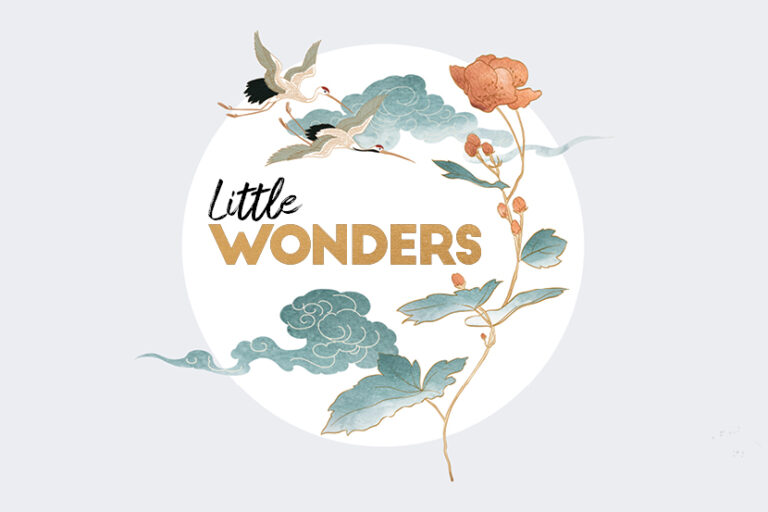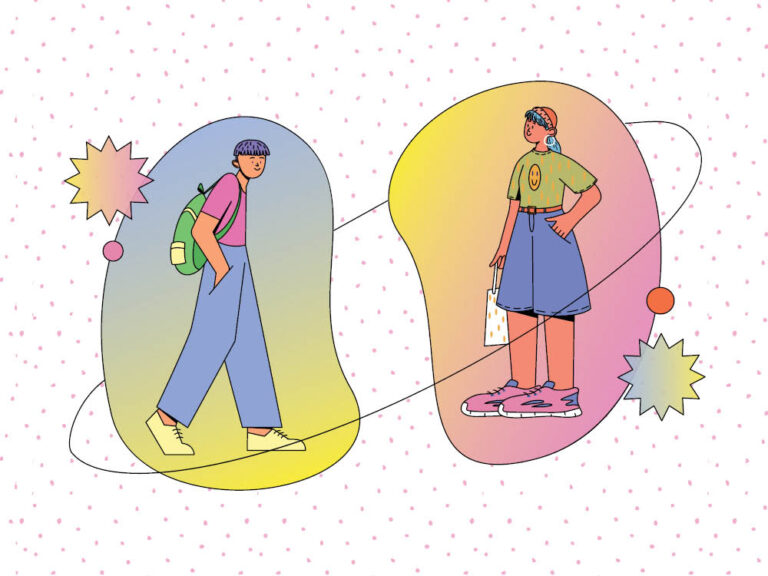
Face your fears, visualise your dreams and make the most of each day.
Listen to your body
Many of life’s difficulties happen when body and mind are in conflict with each other. On a Monday morning when the alarm goes off, your body might feel like spending another hour in bed but your mind knows it’s time to get up. Maybe it’s a Friday night and you’re torn between going to a party with friends or having a relaxing night at home on the lounge. Developing the art of listening to your body can help you to discover your joy and passion because you get in tune with what you really want. Yoga and meditation can help to deepen awareness and body sensitivity, or you could try asking yourself the question: ‘What does my body need right now?’ A walk in the park or a rest relaxing with a cup of tea? In her book, The Molecules of Emotion, Dr Candace Pert explains how the body is the unconscious mind where emotions are stored. By getting in touch with your body you get beyond the ‘I should’ and gain access to your deep inner knowing of what you want to do.
Reflect on childhood and schooling
In The Element: How Finding Your Passion Changes Everything, Ken Robinson tells the story of a young girl in the 1930s who couldn’t concentrate at school and was known as ‘wiggle bottom’. The author, speaker and international advisor on education points out that in today’s society the child would probably be tested for attention deficit hyperactivity disorder (ADHD), but this condition – and its diagnosis – wasn’t readily available at the time. Instead, the girl and her mother went to a psychologist, who turned on the radio before the two adults left the room. While they were gone the girl danced to the music. The psychologist told her mother that there was nothing wrong with her daughter, that she was a dancer. The girl went on to become a professional ballerina. What did you like? And what was less appealing? What did you love doing as a child? Stuart Brown, founder of the National Institute for Play in California, explains that when you observe a child in free play that is completely undirected by adults you can often see clues as to what they will do for a living in their adult years. Are there moments and memories from childhood that might hold the key to your passion? And were there times you found you didn’t like a subject? Might it have been because of the way it was taught?
Explore your inner voice
As you grow up, it’s easy to internalise assumptions about the world and start to believe them as if they were your own. Who told you that you could never get rich doing what you love? Who said that giving up your job to travel the world was reckless? Discovering the origin of these voices and exploring how you feel about them can provide the key to breaking free and allow you to listen and pay heed to your own inner voice instead. Stand up to the voices and write down your responses.
Go on an artist’s date
The Artist’s Way by American teacher Julia Cameron is a classic book for getting in touch with your creativity by free writing. She recommends taking yourself on a solo artist’s date each week to explore a subject you find interesting – these are described as being ‘assigned play’. They don’t have to be overly artistic, but more about thinking about what you would find fun. It could be cloud watching, writing a letter to the person you’d like to be in five years’ time, having a day trip to a nearby town, or taking a new course at your local adult education centre – it’s entirely up to you.
Visualise your dream life
After exploring your creativity and what you love, try visualising your future. Imagine where you will be in 10 years and write down the details. Where will you live? What will your job be? Will you have chosen to be single or have a partner? Will you have decided to start a family or remain child-free? Coaches use visualisation with athletes because rehearsing an action generates an impulse in the brain that tells neurons to perform the action. Hal Hershfield, assistant professor of marketing at UCLA Anderson School of Management, has found that imagining your future self helps you to work towards making choices that will get you closer to reaching your goals.
Face your fears
You might want to ask yourself what you are afraid of? Are you willing to take a leap into the unknown? There may be an element of risk to following your path, but equally if you explore all the options there will most likely be steps that can make your goal feel more manageable. Take the leap.



















